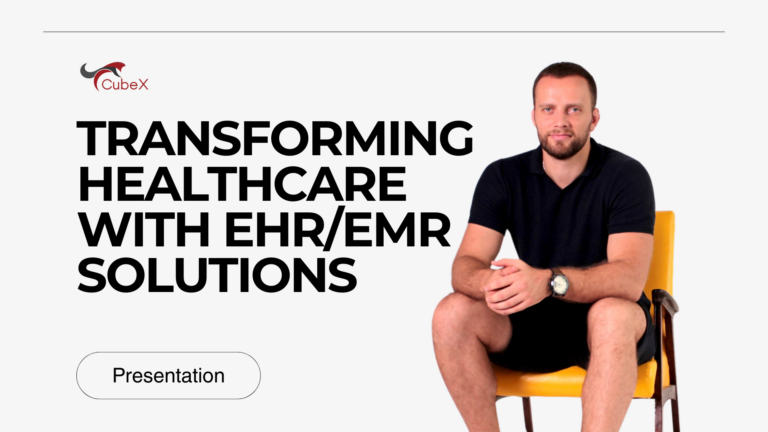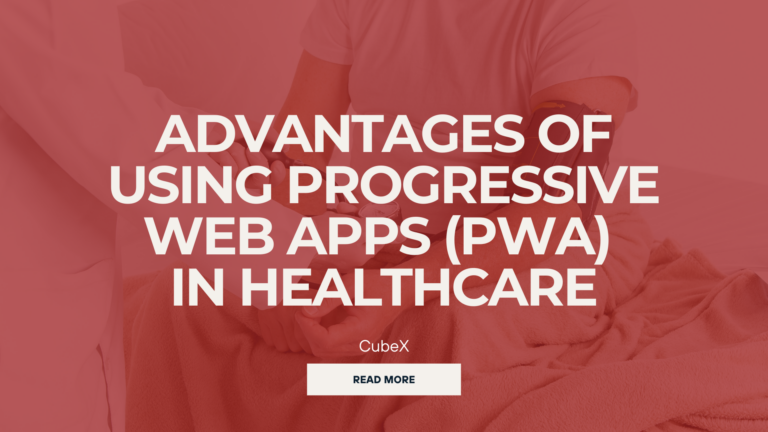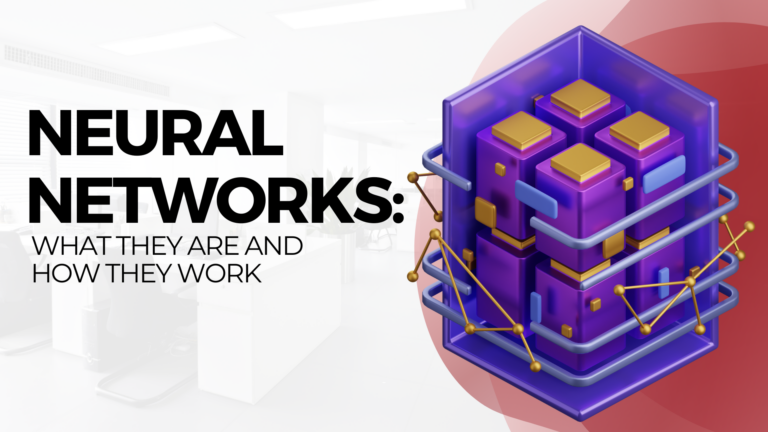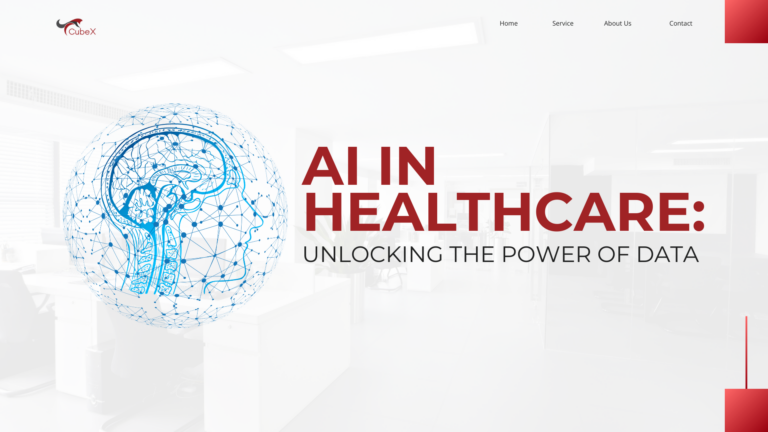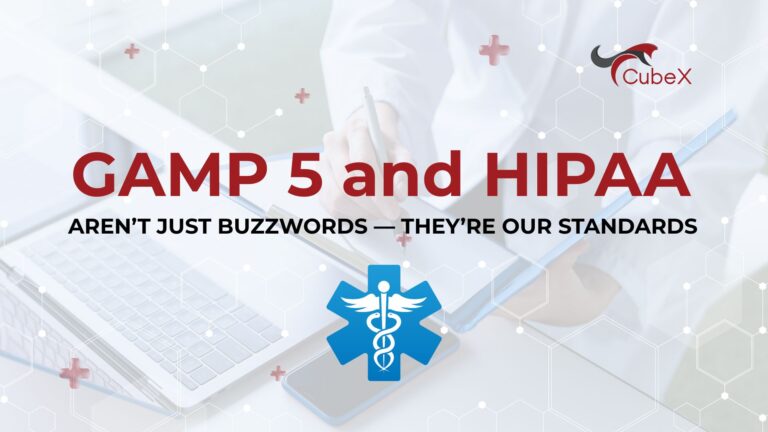Embracing Multi-Cloud Strategies in Healthcare: Transforming the Future of Medicine

In today’s rapidly evolving digital landscape, healthcare is undergoing a profound transformation. The integration of advanced technologies is not merely enhancing patient care but revolutionizing the entire healthcare ecosystem. At the forefront of this transformation is the adoption of multi-cloud strategies, a paradigm shift that offers unparalleled flexibility, security, and efficiency. As the CEO of a leading IT company in healthcare, I am excited to delve into how multi-cloud strategies are reshaping the future of medicine and what this means for healthcare providers, patients, and the industry as a whole.

Understanding Multi-Cloud Strategies
A multi-cloud strategy involves the use of multiple cloud computing platforms and services to meet various organizational needs. Unlike a single-cloud approach, which relies on one provider, multi-cloud leverages the strengths of different cloud services to optimize performance, enhance security, and ensure redundancy. In the context of healthcare, this means utilizing various cloud solutions to manage electronic health records (EHRs), facilitate telemedicine, support data analytics, and more.
Why Multi-Cloud is Essential for Healthcare
- Enhanced Flexibility and Scalability
- Tailored Solutions: Different aspects of healthcare operations require different cloud capabilities. For instance, one cloud provider might excel in data storage, while another offers superior machine learning tools for predictive analytics.
- Scalability: Multi-cloud allows healthcare organizations to scale their IT resources seamlessly, accommodating fluctuations in demand without compromising performance.
- Improved Reliability and Uptime
- Redundancy: By distributing workloads across multiple clouds, healthcare providers can ensure continuous availability of critical applications and data, even if one provider experiences downtime.
- Disaster Recovery: Multi-cloud strategies enhance disaster recovery plans, enabling swift data restoration and minimal service interruption during unforeseen events.
- Enhanced Security and Compliance
- Data Segmentation: Storing sensitive patient data across different clouds can reduce the risk of large-scale breaches, as attackers would need to penetrate multiple systems.
- Compliance: Different cloud providers offer various compliance certifications. Multi-cloud strategies enable healthcare organizations to meet diverse regulatory requirements by selecting compliant services from each provider.
- Cost Optimization
- Best Value Services: Healthcare organizations can optimize costs by selecting the most cost-effective services for each specific need, avoiding over-reliance on a single provider’s pricing model.
- Avoiding Vendor Lock-In: Multi-cloud strategies prevent dependency on a single vendor, fostering competitive pricing and better negotiation power.
Key Components of Implementing a Multi-Cloud Strategy in Healthcare
- Comprehensive Data Management
- Integration Platforms: Utilize robust integration platforms to ensure seamless data flow between different cloud services.
- Data Governance: Establish clear data governance policies to manage data access, integrity, and privacy across multiple clouds.
- Advanced Security Measures
- Encryption: Implement end-to-end encryption for data at rest and in transit across all cloud platforms.
- Access Controls: Use multi-factor authentication and role-based access controls to secure sensitive information.
- Interoperability and Standardization
- APIs and Middleware: Leverage APIs and middleware solutions to facilitate interoperability between disparate cloud services.
- Standards Compliance: Adopt industry standards like HL7 and FHIR to ensure consistent data exchange and interoperability.
- Skilled Workforce and Training
- Training Programs: Invest in training programs to equip IT staff with the skills needed to manage and optimize multi-cloud environments.
- Cross-Functional Teams: Foster collaboration between IT, healthcare professionals, and data scientists to drive innovation and effective implementation.
Challenges and Solutions
- Complexity in Management
- Challenge: Managing multiple cloud environments can be complex and resource-intensive.
- Solution: Implement centralized management tools and adopt a unified monitoring system to streamline operations and gain visibility across all platforms.
- Data Integration Issues
- Challenge: Ensuring seamless data integration across different cloud services can be challenging.
- Solution: Utilize advanced integration platforms and middleware to facilitate smooth data exchange and maintain data consistency.
- Security Concerns
- Challenge: Protecting sensitive patient data across multiple clouds requires robust security measures.
- Solution: Adopt a multi-layered security approach, including encryption, access controls, and regular security audits to safeguard data integrity.
- Cost Management
- Challenge: Monitoring and controlling costs across multiple cloud services can be difficult.
- Solution: Use cloud cost management tools to track usage, identify cost-saving opportunities, and optimize resource allocation.
Future Trends in Multi-Cloud Healthcare Strategies
- AI and Machine Learning Integration
- The integration of AI and machine learning with multi-cloud strategies will enable more sophisticated data analysis, predictive modeling, and personalized medicine.
- Edge Computing
- Combining multi-cloud with edge computing will allow real-time data processing and analysis at the point of care, enhancing patient monitoring and immediate decision-making.
- Blockchain for Enhanced Security
- Implementing blockchain technology within multi-cloud environments can provide immutable and transparent data records, further strengthening data security and trust.
- Interoperable Health Ecosystems
- Future multi-cloud strategies will focus on creating interoperable health ecosystems, facilitating seamless data exchange between various healthcare providers, insurers, and patients.
Conclusion: A Catalyst for Innovation and Better Healthcare
Adopting a multi-cloud strategy is more than a technological shift; it is a strategic imperative for modern healthcare. It empowers healthcare providers to deliver more efficient, secure, and personalized care, ultimately improving patient outcomes and operational efficiency. As an IT company dedicated to advancing healthcare, we are committed to developing innovative multi-cloud solutions that address the unique challenges of the healthcare industry. By embracing multi-cloud strategies, we can drive the next wave of healthcare innovation, making quality medical care more accessible and effective for everyone.
Join the Conversation
The journey towards a multi-cloud healthcare ecosystem is filled with opportunities and challenges. We invite healthcare professionals, IT experts, and stakeholders to share their insights and experiences. How do you envision multi-cloud strategies shaping the future of healthcare? Let’s discuss in the comments below!
#HealthcareIT #MultiCloud #DigitalHealth #FutureOfMedicine #CloudComputing #HealthcareInnovation #TechInHealthcare #DataSecurity #AIinHealthcare
Contact Us
Please contact us for any further information











